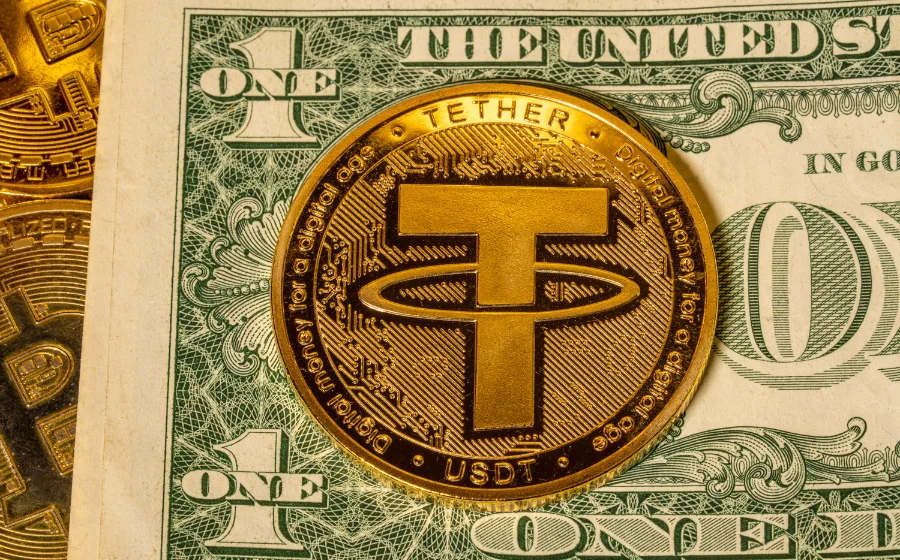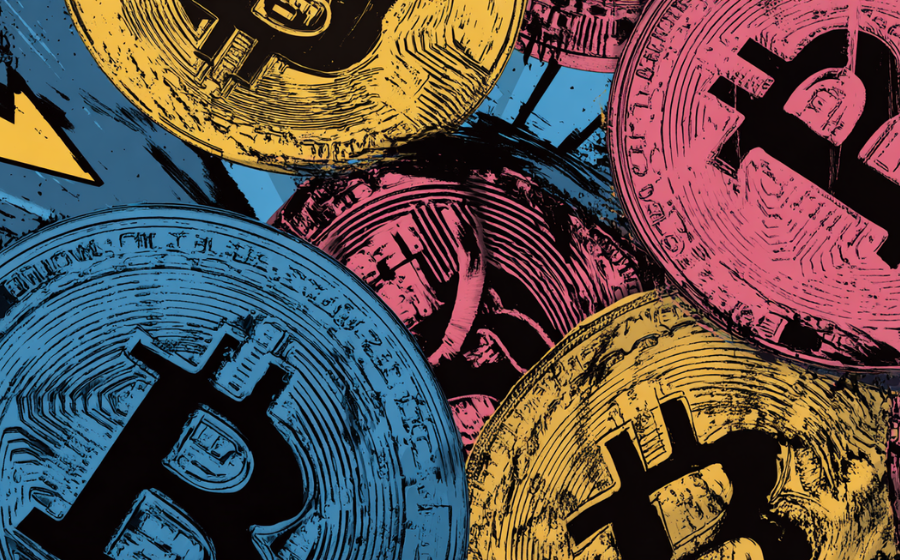
KEYTAKEAWAYS
- CBDCs are fully backed digital currencies issued by central banks, offering stability, instant payments, and the potential for improved monetary policy tools.
- Unlike decentralized cryptocurrencies, CBDCs are centralized, traceable, and designed to enhance control, which raises concerns around privacy and government surveillance.
- Despite their promise, CBDCs face challenges such as cybersecurity threats, high implementation costs, and the risk of excessive central bank influence on the economy.

CONTENT
CBDCs are digital currencies issued by central banks, combining the trust of fiat with the speed of crypto. Learn their benefits, risks, and how they differ from traditional and crypto assets.
WHAT IS CBDC?
A CBDC (Central Bank Digital Currency) is the digital version of a nation’s official currency, issued and managed by its central bank. At its core, it’s money—just in digital form—fully backed by the government and designed to serve the same role as physical cash.
Unlike decentralized cryptocurrencies like Bitcoin, CBDCs are centralized and state-controlled. They carry the full legal backing of the issuing country and can be used for everyday payments, transfers, and even cross-border settlements. Think of it as “digital cash,” but directly issued by the central bank—no bank account needed, and settlement is often instant.
As digital payments continue to grow and financial technology evolves, CBDCs are becoming a central piece of the conversation around the future of money. Many governments are actively exploring or piloting CBDC projects as they consider how to modernize their monetary systems.
📌 Technology, Design, and Misconceptions
While most CBDCs today are pegged to a country’s legal tender, that doesn’t mean they’re just digital clones of fiat money. In fact, a CBDC could also be tied to the value of a specific asset, depending on how it’s designed.
You can think of a CBDC as a digital version of cash—similar to the money in your bank account, but issued and governed directly by the central bank rather than through commercial banks.
One common misconception is that CBDCs must run on blockchain. In reality, any tamper-proof system that can securely and transparently record transactions could serve as the technical foundation. Currently, blockchain and distributed ledger technologies (DLTs) are the most commonly explored options.
Regardless of the technology used, the core objective remains the same: ensuring full transparency of transactions while preventing fraud, money laundering, and other illicit activities.
>>> More to read: What is a Blockchain Explorer? A Beginner Guide
CBDC VS. FIAT CURRENCY VS. CRYPTOCURRENCY
Here’s a quick breakdown of the key differences between fiat currency, CBDCs, and cryptocurrencies across several important aspects:
✅ Issuer
- Fiat Currency: Central bank
- CBDC: Central bank
- Cryptocurrency: Network participants (e.g., miners, validators)
✅ Regulator
- Fiat Currency: Central bank
- CBDC: Central bank
- Cryptocurrency: No centralized regulator; governed by code and consensus
✅ Value Source
- Fiat Currency: Backed by national monetary policy and economic performance
- CBDC: Pegged to fiat currency or specific assets, backed by the central bank
- Cryptocurrency: Determined by market supply and demand on the blockchain
✅ Centralization
- Fiat Currency: Centralized
- CBDC: Centralized
- Cryptocurrency: Decentralized
✅ Technology Base
- Fiat Currency: Physical and electronic banking systems
- CBDC: Digital infrastructure (may use blockchain or distributed ledgers)
- Cryptocurrency: Native blockchain networks
✅ Privacy
- Fiat Currency: Limited; banks can track transactions
- CBDC: Varies by design; typically traceable by authorities
- Cryptocurrency: Pseudonymous or anonymous, depending on the protocol
>>> More to read: What Are Digital Assets & Why They Matter
WHY GOVERNMENTS ARE EMBRACING CBDCS
Issuing a CBDC isn’t just about going digital—it’s about solving some of the most persistent inefficiencies in the global financial system. Here are the key benefits governments can gain from rolling out a CBDC:
-
No Credit or Liquidity Risk
Unlike commercial bank deposits, CBDCs are fully backed and issued by central banks. This eliminates the risk of bank failure and offers a more stable form of digital money.
-
Lower Cross-Border Payment Costs
Traditional international transfers are slow and expensive. CBDCs can enable near-instant, low-cost, and transparent cross-border transactions—boosting trade and global economic integration.
-
Financial Inclusion for All
With just a digital wallet, anyone can access CBDC services—no regulated bank account required. This is especially impactful for underserved populations in developing economies.
-
More Effective Monetary Policy
Central banks can directly influence economic activity using CBDC tools—like programmable interest rates—rather than relying solely on indirect levers such as bond markets or interbank lending rates.
CBDCs offer a low-cost way to enhance both financial efficiency and security. For emerging economies and unbanked populations, they present a practical, forward-looking solution.
>>> More to read: Token vs. Coin: Understanding the Differences in Crypto
CBDC RISKS: WHAT COULD GO WRONG?
While CBDCs offer promising benefits like financial inclusion and faster payments, they also introduce a new set of risks that governments, regulators, and users must carefully consider. Here are some of the most commonly raised concerns:
1. Privacy and Surveillance Risks
Unlike cryptocurrencies, which often offer pseudonymity or anonymity, CBDC transactions can be fully traceable. Each payment may be recorded and linked to a verified user identity. This raises concerns about government overreach and the potential for mass surveillance of financial activity by central banks or authorities.
2. Increased Central Bank Power and Economic Influence
With CBDCs, central banks could gain unprecedented control over the money supply and monetary tools. This could allow direct influence over interest rates, lending behavior, inflation, and consumer spending.
🔍 For example, if a central bank reduces CBDC circulation to combat inflation, it could also reduce purchasing power, increase household expenses, and push up interest rates—potentially slowing down investment and economic growth. Such concentrated control raises concerns over policy overreach and misuse of authority.
3. Cybersecurity and System Stability
As with any digital system, CBDCs would become a high-value target for hackers. Given the scale of national currency systems, the stakes are even higher. Strong cybersecurity infrastructure would be essential to prevent theft, data breaches, or denial-of-service attacks that could disrupt economic activity.
4. Implementation Complexity and High Costs
Rolling out a secure and scalable CBDC system would require major investments in technology and human resources. Banks, merchants, and financial institutions would need to upgrade their systems to accept and integrate CBDC payments. These infrastructure demands could result in high initial costs and slow adoption, especially in developing economies.
>>> More to read: Forex vs. Crypto: Which Market Suits You Best?
CBDC SUMMARY
A Central Bank Digital Currency (CBDC) represents a state-issued form of digital money that combines the security and trust of fiat currency with the efficiency and flexibility of digital payments. Backed and regulated by a country’s central bank, CBDCs aim to enhance financial inclusion, reduce transaction costs, modernize payment infrastructure, and provide central banks with more direct tools for monetary policy.
However, the adoption of CBDCs is not without risks. Concerns around privacy, government surveillance, cybersecurity threats, and the centralization of financial power remain significant challenges. For governments and policymakers, the key lies in designing CBDC systems that maximize public benefit while safeguarding personal freedom and economic stability.
In essence, CBDCs are more than just “digital cash”—they are a new chapter in the ongoing debate over monetary sovereignty, privacy, and the future of money in a digital age.

















